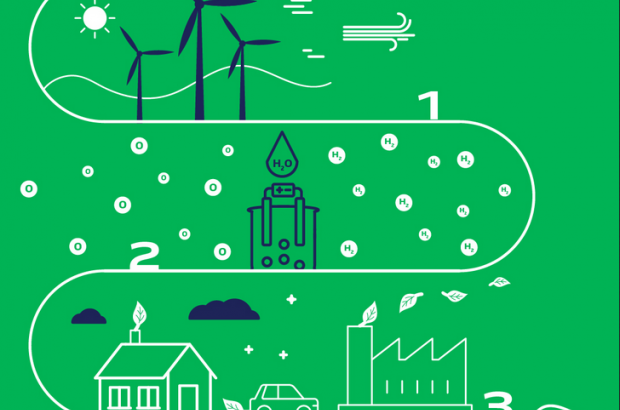- Daily & Weekly newsletters
- Buy & download The Bulletin
- Comment on our articles
Green hydrogen plant planned for Flemish coast
The Port of Ostend has announced plans to build a plant that produces green hydrogen. The goal is to have the plant be operational by 2025, the port said in a statement. The sustainably produced gas would serve as an energy source for electricity, transport, heat and fuel purposes as well as a raw material for industrial use.
“Green” hydrogen is produced on the basis of renewable energy, which in the case of Ostend means from offshore wind turbines. By the end of 2020, nearly 400 wind turbines will be operating off the Flemish coast generating 2.26 gigawatts (GW) of power.
“The new marine spatial plan allows room for several hundred more wind turbines, which will generate about 1.75 GW more,” said the port in a statement. “That makes a total green energy generating capacity of around 4 GW, supplying half of Belgian households with electricity.”
Peak production, however, doesn’t necessarily coincide with peaks in consumer demand. “With energy transition in mind,” said the port, “we need to be able to temporarily store our green energy surplus using hydrogen as a carrier.”
The port is working together with Flemish marine engineering firm Deme and investment fund PMV on the project, dubbed Hyport Oostende. Following feasibility studies, the firms hope to start up a demonstration project with mobile shore-based power. In two years, they hope to run a large-scale shore-based power project running on green hydrogen.
That will be followed by the construction of a commercial green hydrogen planned using offshore wind turbines. According to the port, the plant will reduce CO2 emissions by 500,000 to one million tons a year. “Hyport Oostende will make a significant contribution to the achievement of Belgian and European climate objectives.”



















